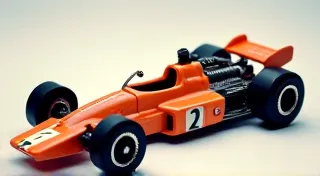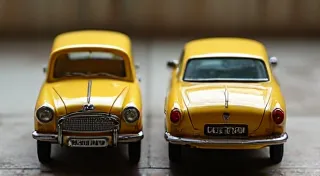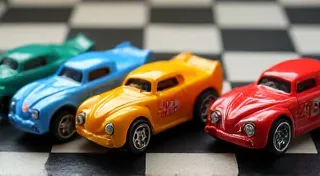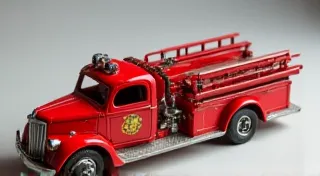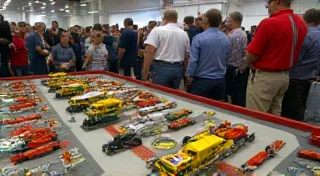The Influence of Racing and Motorsport on Matchbox Designs
Vintage Matchbox cars are much more than just miniature vehicles; they are miniature time capsules reflecting the passion for racing and motorsport that gripped the world. From the 1950s onward, the design and selection of models for these iconic toys were heavily influenced by the real-world cars competing on tracks and rally roads across the globe. This article explores the fascinating connection between racing and the aesthetics of vintage Matchbox cars.
The Early Years: Mirroring the Race Scene
The very genesis of Matchbox cars can be traced to the post-war racing boom. Lesney Products, the company behind Matchbox, noticed a gap in the market for small, affordable toys that captured the excitement of contemporary automobiles. They initially focused on creating miniature versions of popular British cars - often those seen battling for supremacy on the racing circuits of the time. Think of the early Mini Cooper and Jaguar models; these weren't just popular cars, they were racing heroes. Understanding the history and value of these early models is a key aspect of collecting, and if you’re just starting out, a beginner's guide to collecting vintage Matchbox cars can be invaluable.
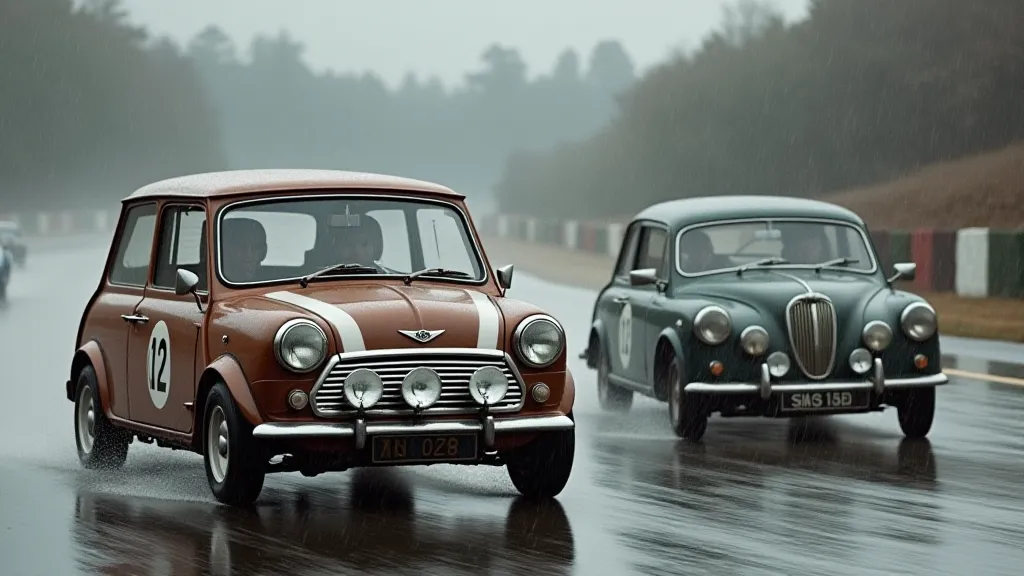
The 1950s saw Matchbox faithfully reproduce iconic racing vehicles. These weren’t just static replicas; they aimed to capture the spirit of competition. The bright colors and distinctive features of these racing machines translated beautifully into the miniature world of Matchbox, instantly recognizable to enthusiasts and children alike. Early releases often featured representations of cars dominating the British Saloon Car Championship and the burgeoning Formula One scene. The importance of accuracy in these early models, and the rarity of certain variations, contributes significantly to their collectability today.
The 1960s: Rallying and Formula 1
As the 1960s dawned, the influence of racing continued to evolve. While Formula 1 became increasingly prominent, rally racing's growing popularity also shaped Matchbox design. The introduction of models like the Ford Cortina, Austin Mini Cooper Rally, and Porsche 911 reflected the excitement of both disciplines. The Mini Cooper Rally, in particular, captured the spirit of amateur racing and road rallying enjoyed by enthusiasts across Europe.
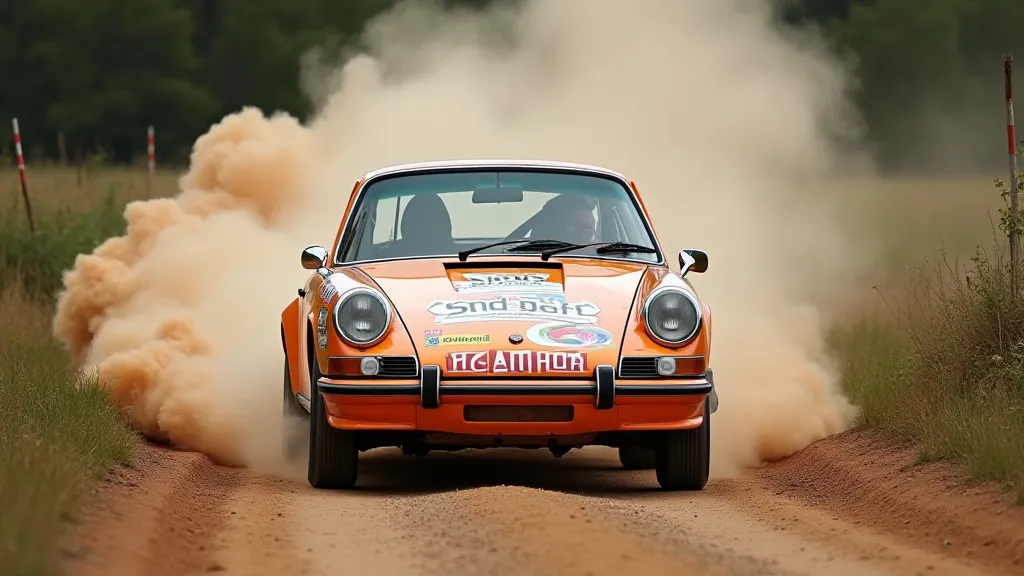
The use of livery, or racing team colors and markings, became more common, adding another layer of realism and collector appeal. These details weren't just aesthetic flourishes; they were miniature representations of the dedication and sponsorship that characterized motorsport. The detail applied to recreating authentic racing liveries, often complex and multi-layered, showcases the artistry and skill of the Matchbox designers. Furthermore, the introduction of the 'Superkings' range in the 1970s would see even greater detail applied – a topic we explore in more detail spotlight on the 1970s Matchbox Superkings.
The 1970s and Beyond: Expanding the Motorsport Spectrum
Into the 1970s and 1980s, Matchbox expanded its range, including cars from various motorsport disciplines, from IndyCar to NASCAR. The introduction of the Trans Am series models, for example, showcased the burgeoning popularity of American motorsports. Even sports cars, like the Lamborghini Countach, found their way into the Matchbox lineup, bringing the glamour and speed of international racing to a wider audience. This period also marked a shift towards licensing agreements, enabling Matchbox to authentically reproduce the liveries and detailing of real-world racing cars.
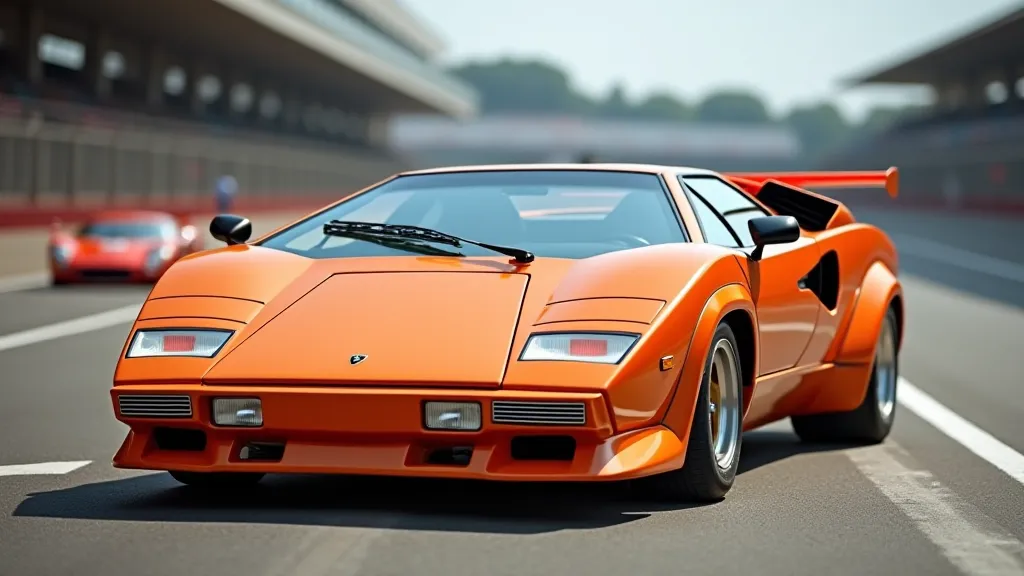
The era witnessed a heightened demand for authenticity, impacting production techniques and design choices. Collectors began to scrutinize minute details, seeking subtle variations in paint colors, wheel styles, and tampo prints. This focus on detail helped solidify the collectible nature of these miniature vehicles and fostered a global community of enthusiasts eager to trade information and specimens. It's also worth noting that the evolution of Matchbox wheels throughout the decades is a fascinating story in itself – you can delve deeper into the evolution of Matchbox car wheels and see how design changes reflected broader trends in the automotive industry.
The introduction of larger-scale models and more intricate features further expanded the appeal of Matchbox cars, attracting both established collectors and a new generation of enthusiasts. The brand’s ability to consistently adapt to changing tastes and technological advancements has been instrumental in its enduring popularity.
The Legacy: A Miniature Reflection of a Passion
The deep connection between racing and Matchbox car design created a lasting legacy. These miniature cars weren't merely toys; they were tangible representations of a global passion for speed, competition, and engineering excellence. For collectors today, these vintage Matchbox models offer a unique window into the rich history of motorsport, reminding us of the thrill of the race and the artistry of automotive design. Understanding this historical connection enhances the appreciation for these charming and enduring pieces of toy car history. However, navigating the world of collecting can be tricky, and learning how to buy and sell these treasures requires knowledge and caution; exploring buying and selling vintage Matchbox cars: tips for success is a good starting point.
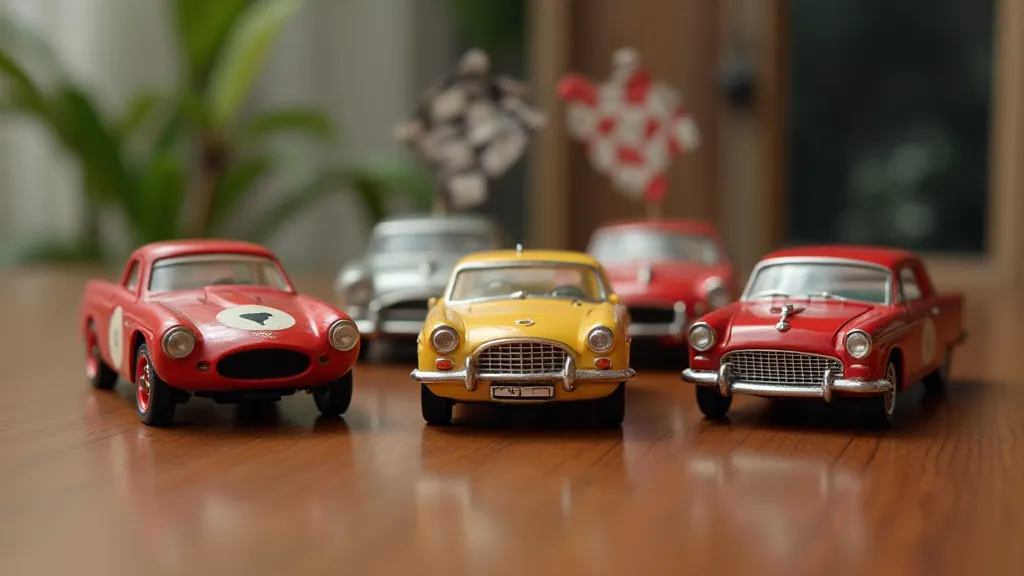
The legacy extends beyond the miniature vehicles themselves. Matchbox cars fostered a generation’s appreciation for motorsport, inspiring many to pursue careers in automotive design, engineering, and racing. Their enduring popularity is a testament to the power of combining iconic design with a deep-rooted passion for speed and competition. The vibrant community surrounding Matchbox collecting continues to thrive, fueled by a shared appreciation for these miniature reflections of a bygone era.
In conclusion, the influence of racing and motorsport on Matchbox car design is undeniable. From the earliest models faithfully reproducing British racing cars to the later introductions of American muscle cars and exotic sports cars, Matchbox captured the essence of motorsport and brought it into the hands of children and collectors alike. These miniature treasures are not merely toys; they are historical artifacts, embodying a shared passion for speed, competition, and automotive innovation.
